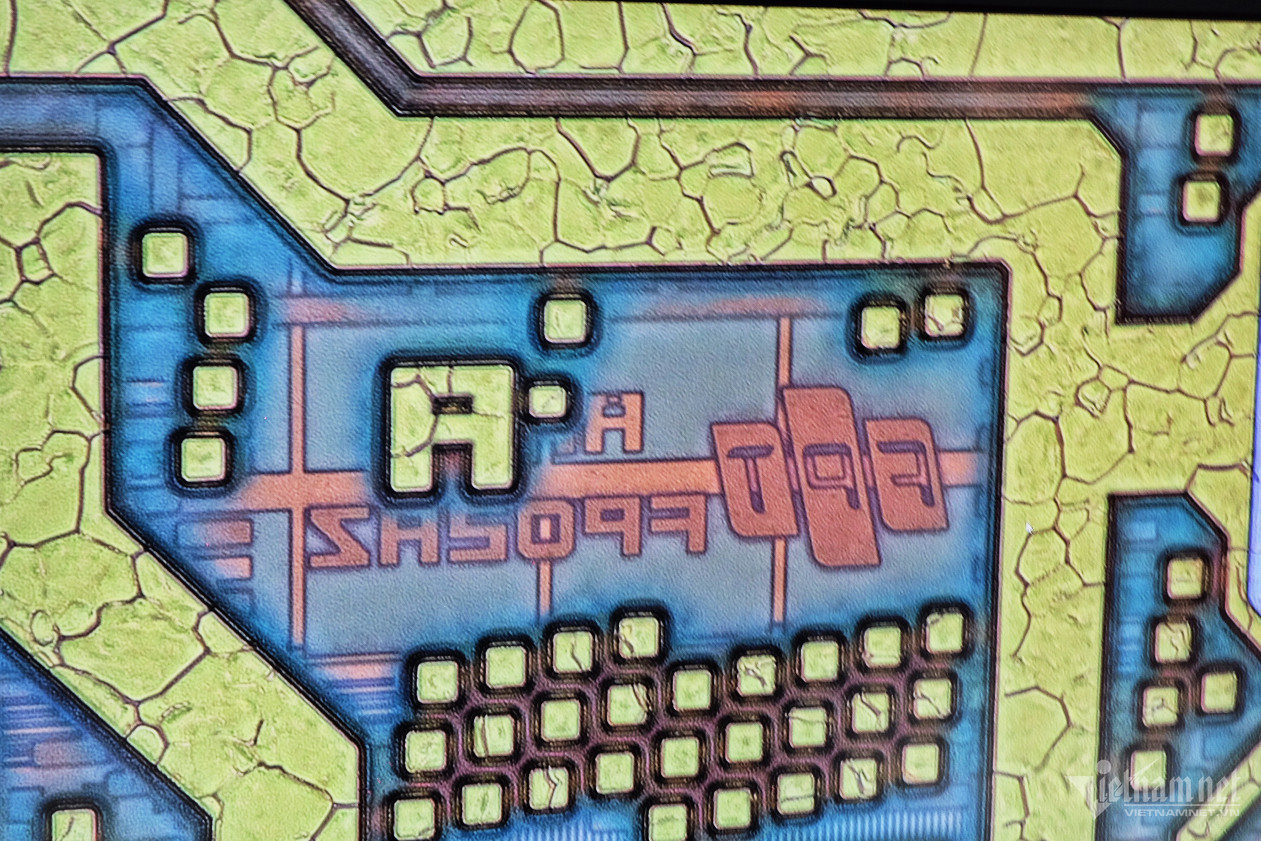
Hung, who attended the fifth national forum on digital technology development held recently, emphasized that 2024 will be the year to implement the national strategy on semiconductor industry development.
According to the Minister, semiconductor technology will be a key national industry in the next 30-50 years. It is an opportunity for Vietnam to rebuild the electronics industry, especially as the sector shifts to AI (artificial intelligence) and IoT (Internet of Things) electronic devices.
At the event, FPT CEO Nguyen Van Khoa and chair of Vinasa (Vietnam Software & IT services), when making a presentation with the title ‘FPT, from source chip to the semiconductor dream’, emphasized the special importance of semiconductor chips.
Khoa said that semiconductor chips have the function like a ‘blood vessel’ of the national economy, because chips exist in all electronic products. The development of semiconductor IC must be associated with the electronic industry/
In 2022, electronics, computer and computer component exports ranked second among export items that brought turnover of over $10 billion. Since the beginning of 2023, large electronic manufacturers such as Samsung, LG and Foxconn have invested in hi-tech electronics manufacturing bases in Vietnam.
Bilateral and multilateral economic alliances with Vietnam, and the ratification of next-generation free trade agreements (FTAs) have facilitated the growth of trade and investment in the electronic industry.
The Prime Minister has approved the national digital transformation program to 2025 with a vision towards 2030.
“Digital transformation needs to be implemented for both hardware and software development, and mastery of core technologies, including semiconductor IC,” Khoa said.
Khoa said the open diplomatic policy has allowed Vietnam to obtain an important position in the world. Vietnam has inked comprehensive cooperation with many countries and it has emerged as an attractive destination for investors.
Meanwhile, Vietnamese people are good at mathematics, science and technology. The government has plans to produce 50,000 workers for the industry.
Khoa said that Vietnam’s technology firms have all factors to develop the semiconductor industry.
They have a large domestic market, where many problems need digital answers. They have abundant human resources with good mathematical foundation. Meanwhile, the current situation offers cooperation opportunities as countries are considering Vietnam as the new destination for investment in semiconductors. They also have great opportunities with research, training and business units in the field.
Khoa suggested a development roadmap with three stages, including short-term development: designing, packaging, testing; medium-term: production; and long-term: mastering core technologies.
He said that Vietnam should focus on the fields of telecommunications, electric vehicles, computing, energy, and the placement of AI in all chips.
Khoa mentioned the 10-year research period before the first chip came out in September 2022. FPT plans to contribute to the development of human resources for the semiconductor industry. Under the plan, 10,000 workers in semiconductor IC will be produced.
“I hope that other IT firms will cooperate and make investments to foster chip manufacturing and create new miracles,” Khoa said.
Vinasa is going to organize workshops and seminars to create forums for enterprises to share experiences, which will help call for investment and participation in the semiconductor sector.
FPT Polytechnic Junior College and Pearson, an education organization in the UK, have signed an agreement on transferring a semiconductor technology training program. This is the first time that a training program of international standards for a junior college has been transferred to Vietnam.
The training will be deployed at BTEC FPT of FPT Polytechnic. The number of workers in the semiconductor industry currently satisfies only 20 percent of demand.
Thai Khang